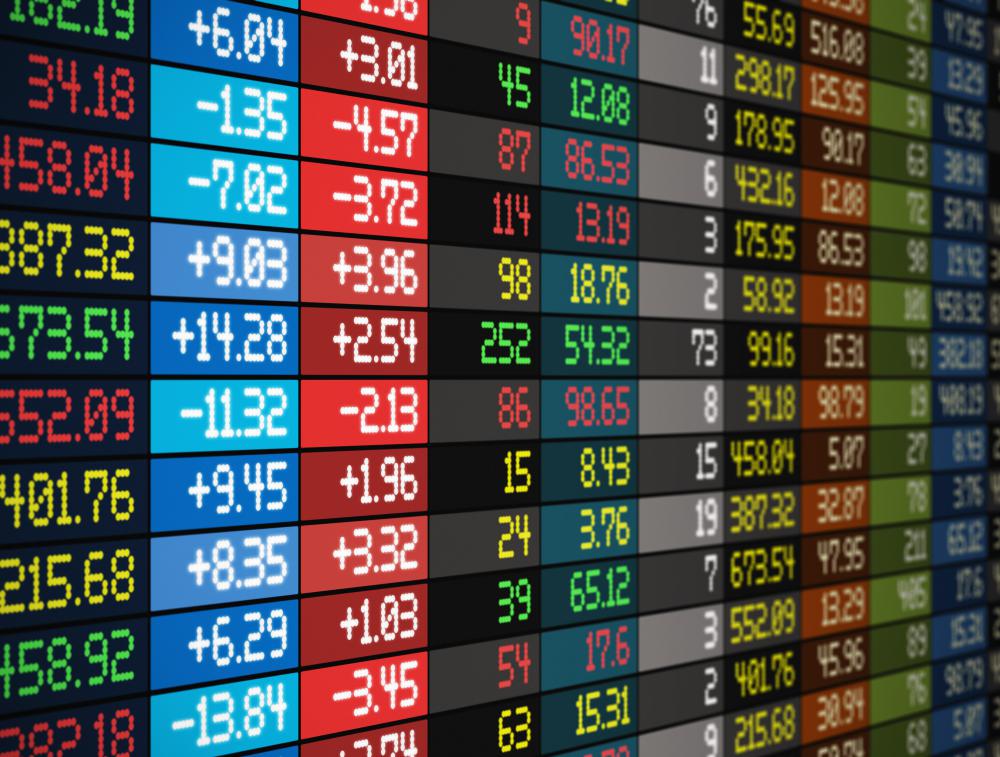At WiseGEEK, we're committed to delivering accurate, trustworthy information. Our expert-authored content is rigorously fact-checked and sourced from credible authorities. Discover how we uphold the highest standards in providing you with reliable knowledge.
What Is an Average Price Put?
Investors often look for many different ways to increase financial returns while lowering or mitigating the risk from investing. One specific investment tool is a put option, which gives an investor the right but not the obligation to sell stocks during market downturns. An average price put has a payoff that is either at zero — meaning the investor neither gains nor loses money — or at a point where the stock price exceeds the strike price. Investors most often believe that an investment’s price will go down, meaning the average price put will allow them to make money on low stock prices. In a lot of ways, this tool allows an investor to save money on certain investments due to bearish markets.
A put option — which is the broad category into which an average price put falls under — carries specific rules for use in investing. Again, an investor has the right to exercise the option in a given time period without the express obligation of doing so. The most common terms for a put option are a specific quantity of stock based on the writer of the put option, a set price — likely called the strike or exercise price — and an expiration date. The expiration date allows an investor to act or not act on the option during this time at hopefully favorable terms. If an investment does not reach a favorable price or a company begins to operate inefficiently, the investor can simply let the put option expire, at the cost of the option, of course.

The payoff of an average price put is what makes it exotic, as it is called in the investing world. The payoff price only has one of two ultimate possibilities. When the average market price for a single stock in the option is above the strike or exercise price, the payoff is zero. Essentially, investors place these options on stocks they expect to fall in price due to bearish market conditions. When the market goes up — commonly called a bull market — the most likely result for the average price put is zero due to the stock’s potential stock increase.
The other payoff for an average price put is the difference between the stock’s average market price and the option’s strike or exercise price. For example, when the stock price decreases below the option’s strike price, the investor makes more money. This is similar to an investor selling a stock short, meaning he or she expects the stock price to decrease and desires to make money on this decrease. For the average price put, the investor can exercise the option before the expiration date and make a financial return in the bear market.
AS FEATURED ON:
AS FEATURED ON:











Discuss this Article
Post your comments